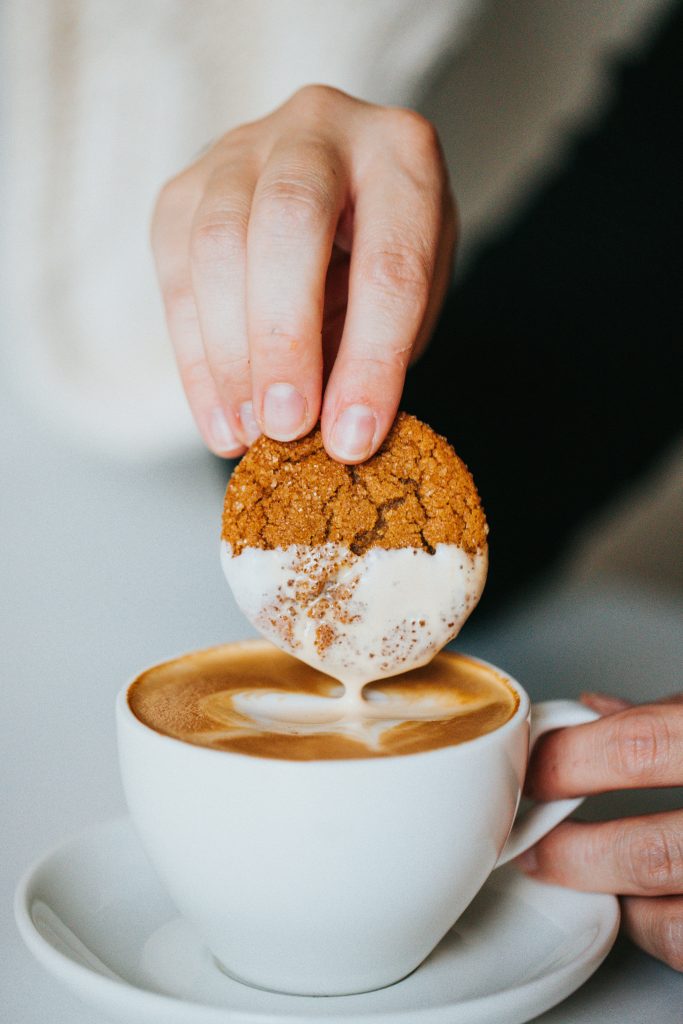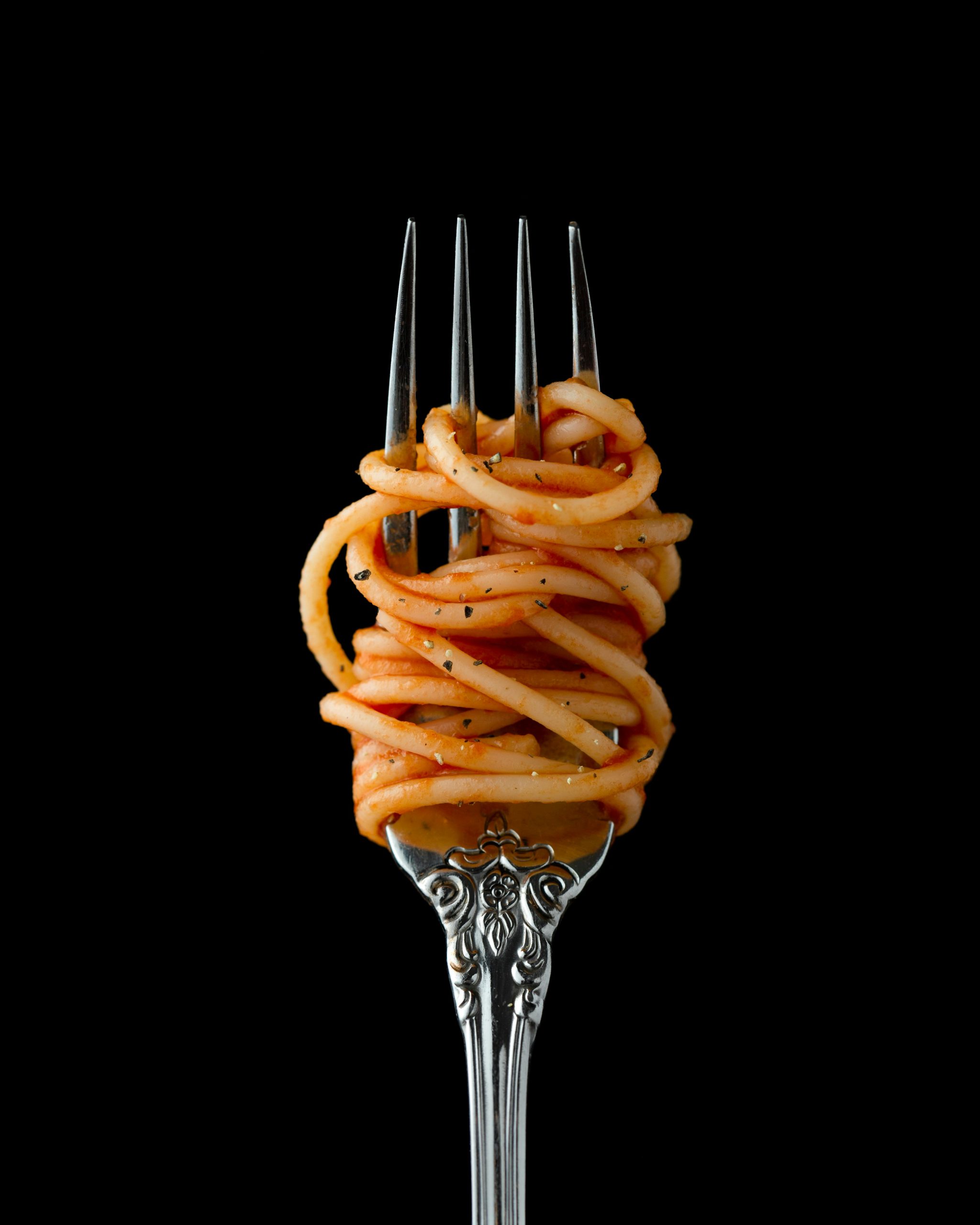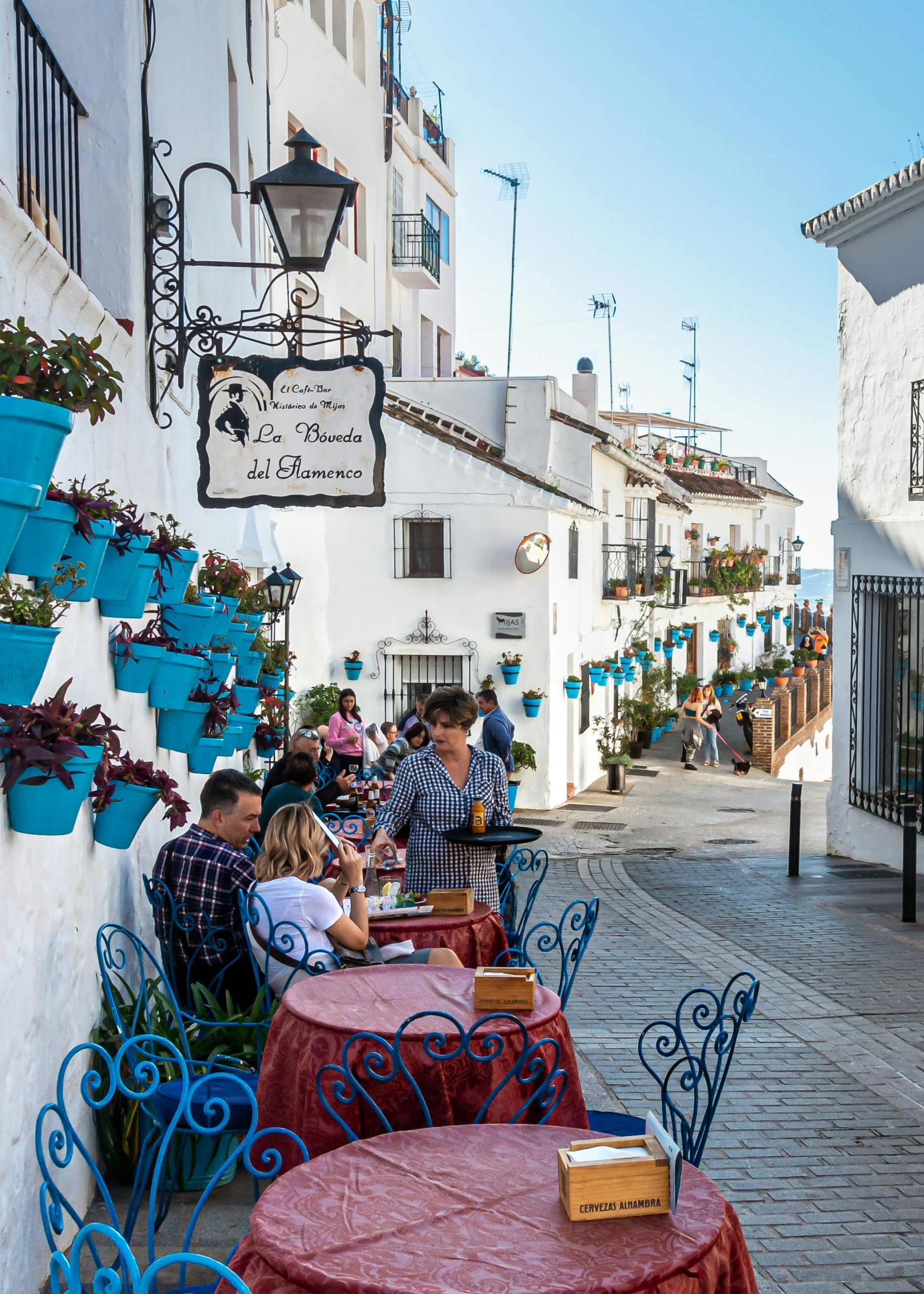Think about moving to Europe, right? Well, prepare yourself.
Even your dining habits might be screaming “American!” without you even knowing it. Believe me, I’m European, live abroad and love (but also observe) my American friends. From asking for ice in wine to tipping too much, they often stumble into unwritten food rules. But don’t worry, everybody can learn, as long as they are willing. These aren’t just quirky preferences; they’re quiet codes of conduct, social contracts everyone else seems to understand except them. Let’s unpack some of these accidental offenses.
The Coffee Conundrum: A Morning Affair
First, let’s talk coffee, specifically the cappuccino. You’ll find Americans drinking lattes (=coffee with milk) or cappuccinos (a type of latte):

- In the morning: This is a very common time, often as part of their breakfast routine or on their commute to work.
- Mid-morning/Lunch: Many people grab a latte as a pick-me-up before or after lunch.
- Afternoon: Lattes are also popular for an afternoon energy boost, especially during the “afternoon slump.”
- Sometimes even in the evening: While less common than earlier in the day, some Americans will drink lattes in the evening, particularly if they are working late, studying, or just enjoy the taste and aren’t sensitive to caffeine before bed.
The key difference from many European countries is the lack of strict rules. American coffee culture is often about convenience, customization, and enjoying coffee at any time that suits your schedule or craving.
In Italy, ordering a cappuccino after lunch is a grave error. You may be used to drink you It’s strictly a breakfast drink, period. After 11 AM (or even earlier, after 10 AM, depending on who you ask), locals switch exclusively to espresso. The logic is simple: milk is considered too heavy for digestion post-meal. To an Italian, seeing someone sip on a frothy milk bomb after lunch is like watching them drink gravy with a straw. You’re essentially announcing to the world: “I just got here and I have no idea what I’m doing.” So, next time, save those foam fantasies for your morning pastry.
Ketchup? Not Always Your Friend, Especially with Steak
Next up, ketchup. In France, asking for ketchup with anything not resembling fries is almost an insult to the chef and the cuisine. I once witnessed a guy at a trendy Paris bistro ask for ketchup for his steak, and the chef actually came out to stare at him! Ketchup has its place, and that place is a very small neighborhood, mostly consisting of fries and maybe a casual burger. But steak? Anything that once required a chef’s artistic attention? You’re in dangerous territory. Unless your food comes in a cardboard box, it’s best to skip the ketchup.
Bread: Not a Dip Station (Usually)
Think about bread and olive oil. In much of Europe, particularly in traditional restaurants, bread is not an appetizer meant for endless dipping. It’s meant to accompany the meal, not replace it or precede it with a theatrical dunk. That little dish of olive oil and balsamic vinegar you often see? That’s actually more often for tourists. Locals rarely use it, and some even find the whole dipping ritual a bit performative. The dining rhythm is different: wait for the meal, and let the bread be the opening act, not the show itself.
Hands Off the Produce! A Market Rule
At European markets, resist the urge to touch, poke, or squeeze the fruit and vegetables. In many places like Georgia or Spain, touching the produce is considered rude or even unsanitary. It’s the vendor’s job to handle it for you. You’re expected to simply state what you want, and they will select the best items based on ripeness, weight, and sometimes, the rapport you build in a quick moment of small talk. So, keep your hands off, smile, nod, and let the pros do the picking.
Butter on Bread? Not a Given Everywhere
And butter on bread? While common in America, in some parts of Europe, asking for butter with your bread is like asking for a side of mayo with your escargot—it’s just not a thing. In many places, bread comes as it is: no butter, no side of anything. You’re supposed to enjoy its texture, its crust, and its story. In fact, buttering your bread out of reflex can feel like an insult to the baker, implying the bread isn’t good enough on its own. When in doubt, taste before you slather.
Ice in Your Drink? A Big Faux Pas
Asking for ice in your wine or beer can raise eyebrows, and even earn you a bewildered stare. I once asked for ice in my wine in Georgia (the country, not the state) on a scorching hot day, and the bartender repeated “ice” slowly, as if I’d asked for a clown with my drink. In France, adding ice to wine is practically a sin. In Spain, ice in beer is viewed as a cry for help. In most places, ice is seen as something that waters down and ruins the integrity of the drink. The exception? If you’re drinking sangria at a beach bar, fine. But for red wine at dinner, keep the cubes in your soda. If you wouldn’t water it down at home, don’t start abroad.
Tipping Troubles: Less is Often More
Over-tipping is another common mistake that can actually lead to awkward situations. I once left a 20% tip at a café in France, like a good American, and the server actually returned it. I thought he was being humble, but it turns out he thought I was mocking him or playing the “big shot.”
In much of Europe, tipping is either minimal or already included in the bill. Rounding up a bill or tossing in some loose change is usually more than enough. Going full American with your 20% tip can make locals uncomfortable, or worse, make them feel like you think they need your charity. Always check if service is included; when in doubt, ask or just round up politely.
The Spaghetti “Sacrilege”: Learn to Twirl
Finally, and perhaps one of the most culturally shocking for Italians, is cutting your spaghetti. I saw an American do this on the Camino de Santiago, and the table, including several Italians, went silent. An Italian finally asked, “Why would you do this?” Another muttered, “It’s not a steak.” In Italy and most of Southern Europe, cutting long pasta is the equivalent of asking if you can microwave risotto. You twirl. That’s it. No spoon necessary, just a fork and some wrist coordination. If you can’t do it, practice. Privately. Mastering the twirl is a true pro move.
We All Make Mistakes: Learn and Laugh
Let’s be honest. If you’ve traveled abroad and never broken one of these sacred food commandments, you’re either lying or you were raised by a Tuscan grandmother. We’ve all been there: that cringe-worthy moment when the entire café pauses and you realize you’re the only one doing something… wrong. But here’s the good news: every fumble is just part of the process. You laugh. You learn. And next time, maybe you don’t ask for ketchup with your paella, or you opt for an espresso after lunch.
So, how about you? Which one of these rules have you broken? Or better yet, which one still doesn’t make sense to you? Let’s build a shared survival guide of culinary sins for Expats, one faux pas at a time.







